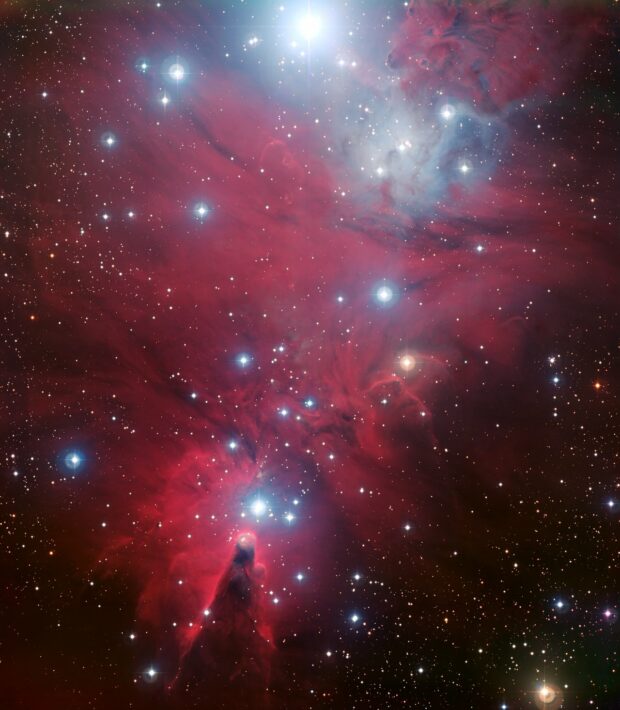Perseids and planets: the night sky in August

With the Milky Way overhead, Saturn at its brightest, a very exciting meteor shower and the chance to see noctilucent clouds, August is the perfect month for some nights of stargazing!

With the Milky Way overhead, Saturn at its brightest, a very exciting meteor shower and the chance to see noctilucent clouds, August is the perfect month for some nights of stargazing!

July is a great month for stargazing, including seeing the Milky Way galaxy, a conjunction of the rocky inner planets of our Solar System and two meteor showers.

The summer solstice falls on 21 June, marking the start of astronomical summer. Despite the shorter nights, there are many wonderful sights to look out for this month.

May brings a meteor shower, a conjunction of the Moon with Mars and Venus, and a chance to see the core of our Milky Way Galaxy.

This month sees a promising meteor shower, a wonderful opportunity to see the rocky, inner planets of our Solar System, and some of the most striking stars and constellations in our night sky.

This month sees the transition from winter to spring and is a great time to see the bright stars and constellations that both seasons have to offer.

This month provides a great chance to see a comet and watch Venus and Jupiter appear to move towards each other.

This month there is a chance to see all of the planets in our Solar System, as well as the Pleiades star cluster, Andromeda galaxy, and a comet!

December brings the winter solstice towards the end of the month, bringing the shortest day and longest night of the year. This marks the start of astronomical winter – and provides plenty of hours of darkness for stargazing!

The night skies of November are a great opportunity to see Mars, Jupiter and Saturn, two meteor showers, and a host of bright stars.